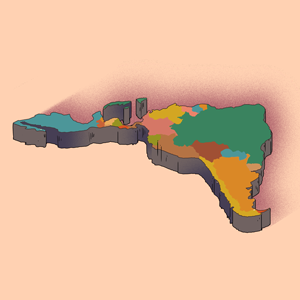Trump’s tariffs will have near-immediate effects on hiring and jobs
Over the last few years, the job market has remained relatively strong despite rising inflation and other economic headwinds. Even amid ongoing cuts to the federal workforce, the jobs report released today offered a more optimistic outlook than many economists had anticipated: In March, employers added about 228,000 jobs, far exceeding the monthly average of 158,000 jobs over the last year. The number of hours worked each week also remained steady last month, as did hourly wage growth. President Trump was quick to take credit for the job growth captured by the report. But the celebratory mood has been dampened as the administration’s long-awaited (and unprecedentedly high) global tariffs take effect—and financial markets are already feeling the impact. Many experts have already noted that the latest jobs numbers may have little bearing on how the market will actually fare in the coming months—and what the effect could be on employers and workers. As one economist told the New York Times: “What we are really seeing is the calm before the storm.” The impact of tariffs already The fallout from Trump’s tariffs is already well underway. Global markets have taken a significant hit, dropping to levels that haven’t been seen since the height of the pandemic in 2020. Economists have warned that the tariffs are more extreme than those imposed by the famed 1930 Smoot-Hawley Tariff Act, which is believed to have exacerbated the Great Depression. “Today was the worst stock market experience in five years,” renowned economist and former treasury secretary Lawrence Summers wrote on Thursday, as part of a series of posts on X. “Usually when you have a terrible stock market experience, it’s because a bank fails, a pandemic, a hurricane or because some other country does something. We don’t have these kinds of stock market responses in response to policies that the President of the United States is proud of. That is something that is entirely without precedent. It is extremely dangerous.” How higher prices might affect hiring While tariffs are usually intended to be a source of revenue for the federal government, research shows that the effects are typically shouldered by consumers and businesses. As the tariffs lead to higher prices for both parties, experts say companies will likely pull back on hiring and eventually resort to layoffs to cut costs. The Trump administration has argued that while tariffs may drive up prices, they will also help fuel job creation stateside, particularly across manufacturing. While that could be true to some extent, those gains could be outweighed by other job losses—or the increased use of automation to mitigate costs for companies. When analyzing the impact of tariffs levied during Trump’s first term, some economists found that manufacturing employment remained more or less unchanged; in other industries like agriculture, however, tariffs catalyzed job losses. Others have argued that manufacturing employment actually dropped overall, despite modest gains in job creation across the steel industry. How business leaders are preparing Still, economists of all stripes seem concerned about the potential repercussions of the sweeping new tariffs introduced by the Trump administration. There’s already evidence that companies are being more cautious: In March, a survey of chief financial officers found that one in four companies were cutting back on hiring and making changes to their capital spending plans for 2025, in anticipation of Trump’s tariffs. Nearly a third of the 400 companies who were surveyed had cited trade policy and tariffs—as well as the uncertainty around them—as a source of anxiety. The tariffs were also the number one business concern among chief financial officers in the first quarter of 2025. Even industries that are not directly impacted by the tariffs could take a financial hit if consumers are spending less overall, which in turn could trickle down to workers. The uncertainty associated with tariffs could lead more companies to pause hiring. While the labor market has largely been stable, it has still cooled over the last few years—making it less resilient to unpredictable forces like the tariffs. Employers have, for the most part, wrested control from workers in the aftermath of the pandemic, especially as they have imposed strict return to work mandates and tightened their budgets. Layoffs might have plateaued to some extent, but companies have also not been adding as many jobs. Many workers have reported finding it more difficult to land a new job. In January, data from the Labor Department indicated that it was taking longer for people who were unemployed or laid off to find new work. As Trump’s tariffs continue to send shockwaves across the business world, workers likely need to brace themselves for yet another period of upheaval in the job market.

Over the last few years, the job market has remained relatively strong despite rising inflation and other economic headwinds. Even amid ongoing cuts to the federal workforce, the jobs report released today offered a more optimistic outlook than many economists had anticipated: In March, employers added about 228,000 jobs, far exceeding the monthly average of 158,000 jobs over the last year. The number of hours worked each week also remained steady last month, as did hourly wage growth.
President Trump was quick to take credit for the job growth captured by the report. But the celebratory mood has been dampened as the administration’s long-awaited (and unprecedentedly high) global tariffs take effect—and financial markets are already feeling the impact.
Many experts have already noted that the latest jobs numbers may have little bearing on how the market will actually fare in the coming months—and what the effect could be on employers and workers. As one economist told the New York Times: “What we are really seeing is the calm before the storm.”
The impact of tariffs already
The fallout from Trump’s tariffs is already well underway. Global markets have taken a significant hit, dropping to levels that haven’t been seen since the height of the pandemic in 2020. Economists have warned that the tariffs are more extreme than those imposed by the famed 1930 Smoot-Hawley Tariff Act, which is believed to have exacerbated the Great Depression.
“Today was the worst stock market experience in five years,” renowned economist and former treasury secretary Lawrence Summers wrote on Thursday, as part of a series of posts on X. “Usually when you have a terrible stock market experience, it’s because a bank fails, a pandemic, a hurricane or because some other country does something. We don’t have these kinds of stock market responses in response to policies that the President of the United States is proud of. That is something that is entirely without precedent. It is extremely dangerous.”
How higher prices might affect hiring
While tariffs are usually intended to be a source of revenue for the federal government, research shows that the effects are typically shouldered by consumers and businesses. As the tariffs lead to higher prices for both parties, experts say companies will likely pull back on hiring and eventually resort to layoffs to cut costs.
The Trump administration has argued that while tariffs may drive up prices, they will also help fuel job creation stateside, particularly across manufacturing. While that could be true to some extent, those gains could be outweighed by other job losses—or the increased use of automation to mitigate costs for companies.
When analyzing the impact of tariffs levied during Trump’s first term, some economists found that manufacturing employment remained more or less unchanged; in other industries like agriculture, however, tariffs catalyzed job losses. Others have argued that manufacturing employment actually dropped overall, despite modest gains in job creation across the steel industry.
How business leaders are preparing
Still, economists of all stripes seem concerned about the potential repercussions of the sweeping new tariffs introduced by the Trump administration. There’s already evidence that companies are being more cautious: In March, a survey of chief financial officers found that one in four companies were cutting back on hiring and making changes to their capital spending plans for 2025, in anticipation of Trump’s tariffs.
Nearly a third of the 400 companies who were surveyed had cited trade policy and tariffs—as well as the uncertainty around them—as a source of anxiety. The tariffs were also the number one business concern among chief financial officers in the first quarter of 2025.
Even industries that are not directly impacted by the tariffs could take a financial hit if consumers are spending less overall, which in turn could trickle down to workers. The uncertainty associated with tariffs could lead more companies to pause hiring.
While the labor market has largely been stable, it has still cooled over the last few years—making it less resilient to unpredictable forces like the tariffs. Employers have, for the most part, wrested control from workers in the aftermath of the pandemic, especially as they have imposed strict return to work mandates and tightened their budgets.
Layoffs might have plateaued to some extent, but companies have also not been adding as many jobs. Many workers have reported finding it more difficult to land a new job. In January, data from the Labor Department indicated that it was taking longer for people who were unemployed or laid off to find new work. As Trump’s tariffs continue to send shockwaves across the business world, workers likely need to brace themselves for yet another period of upheaval in the job market.

![How to Find Low-Competition Keywords with Semrush [Super Easy]](https://static.semrush.com/blog/uploads/media/73/62/7362f16fb9e460b6d58ccc09b4a048b6/how-to-find-low-competition-keywords-sm.png)




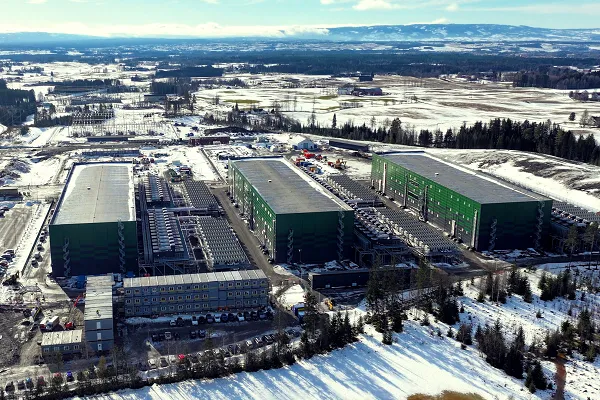


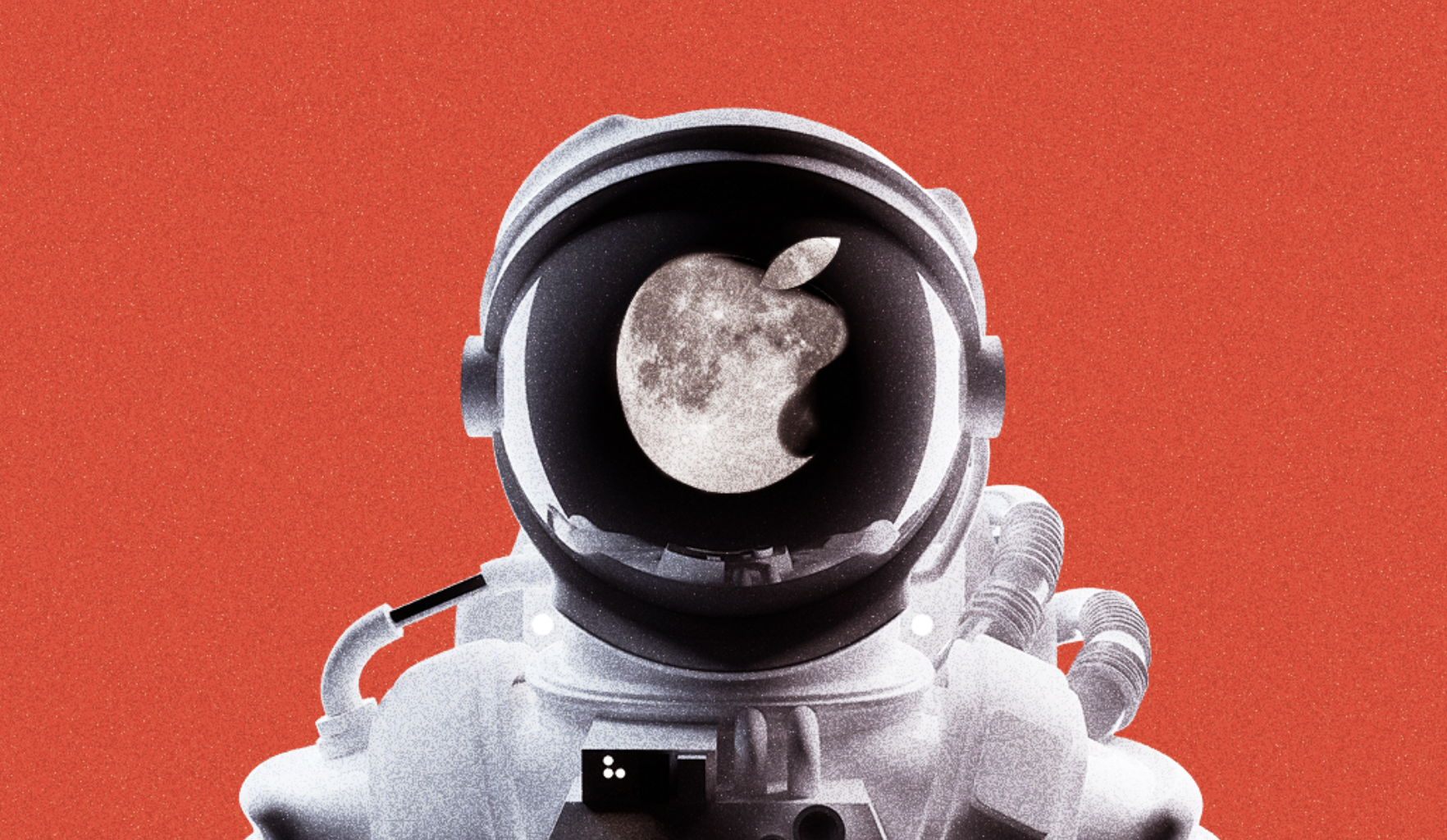
















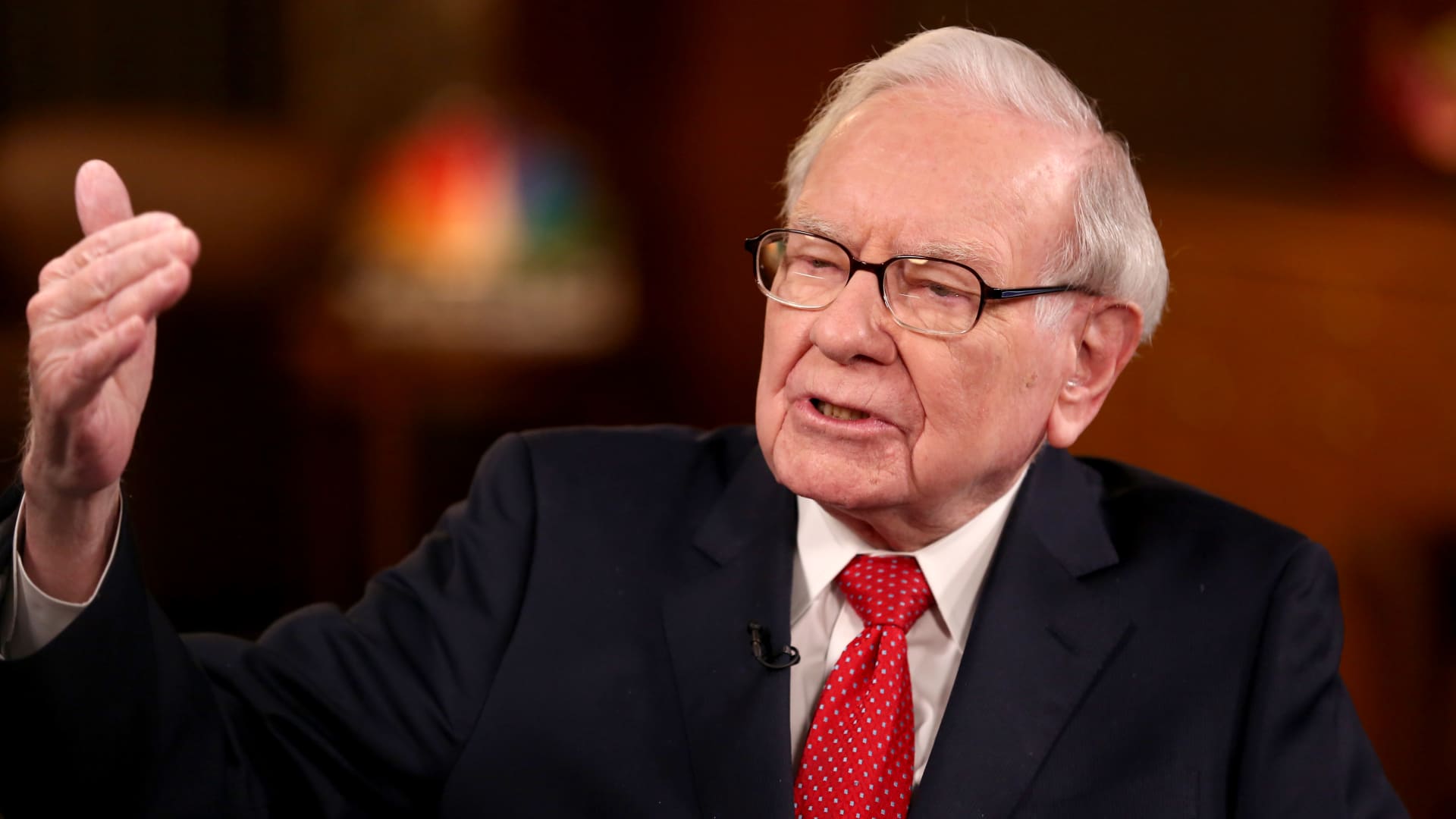




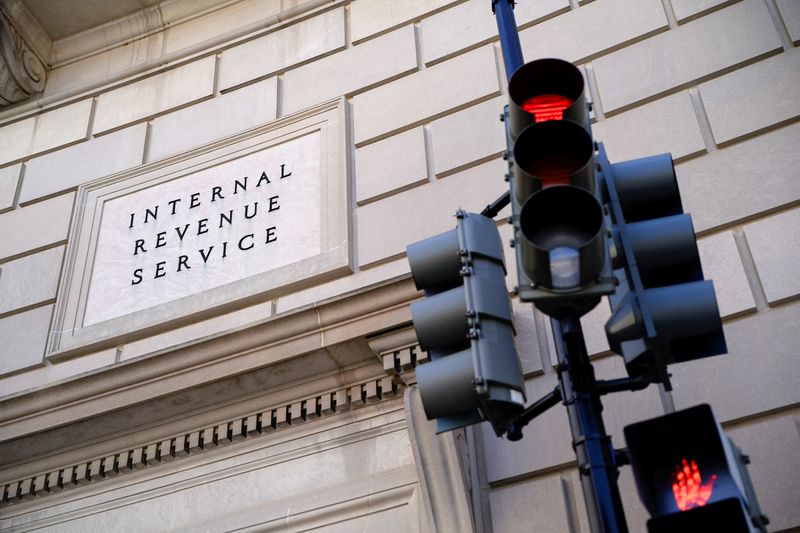
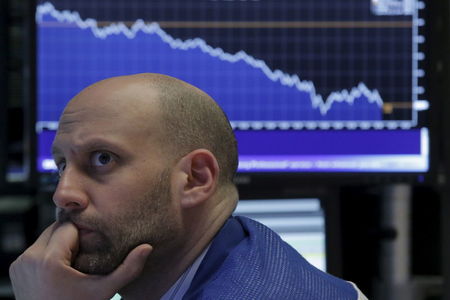









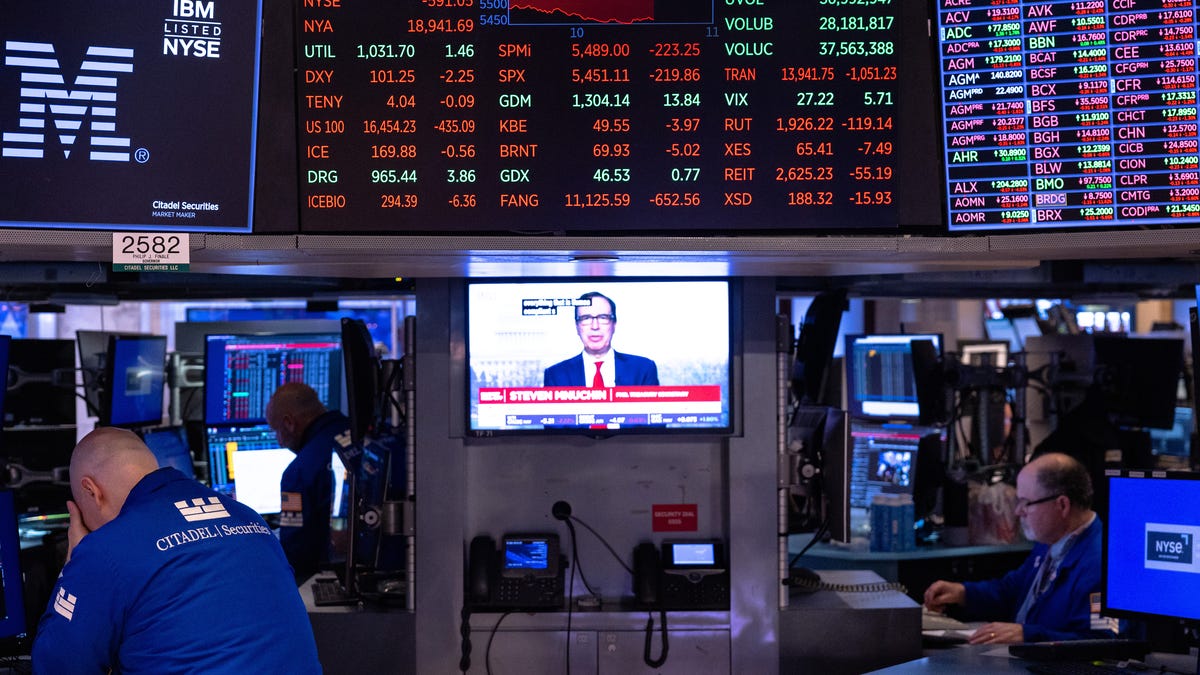

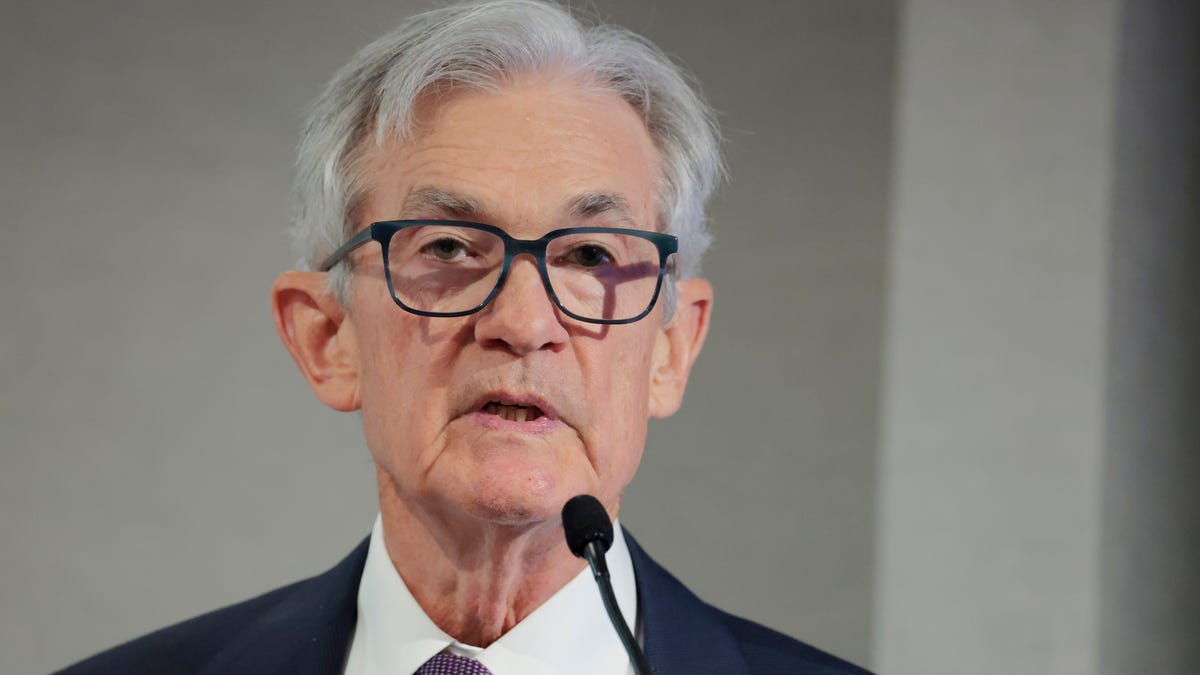






























































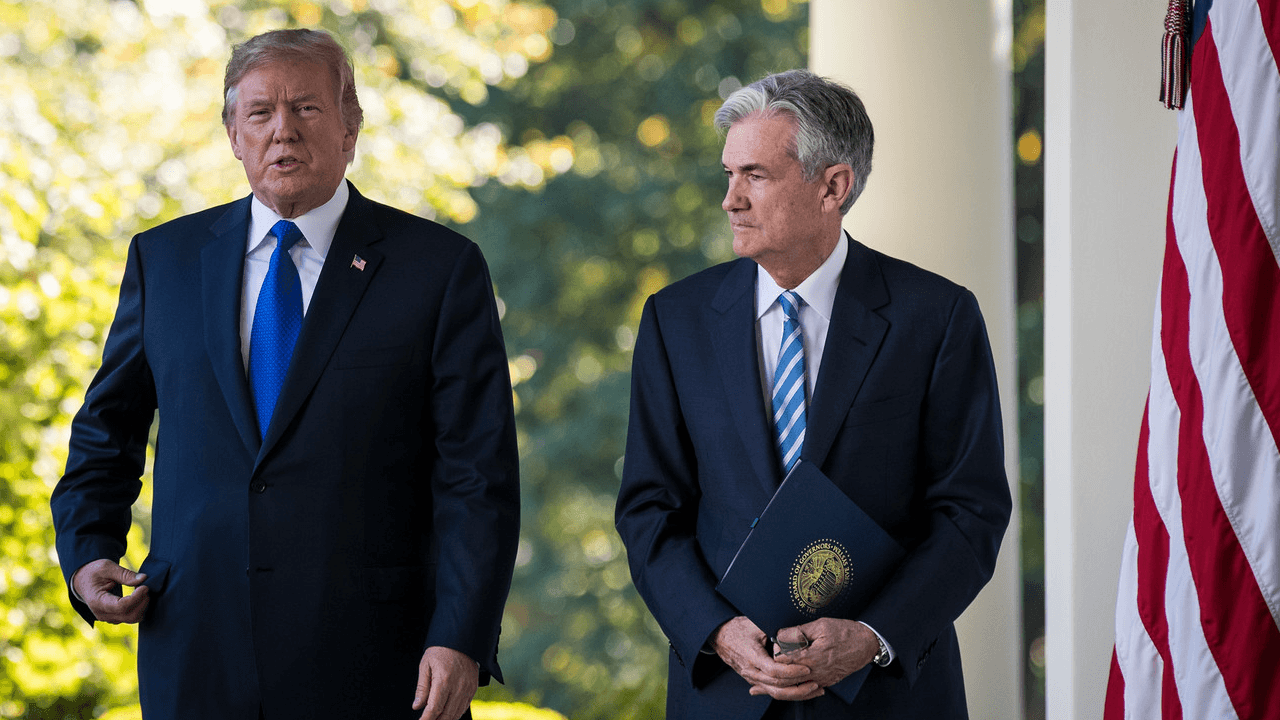





















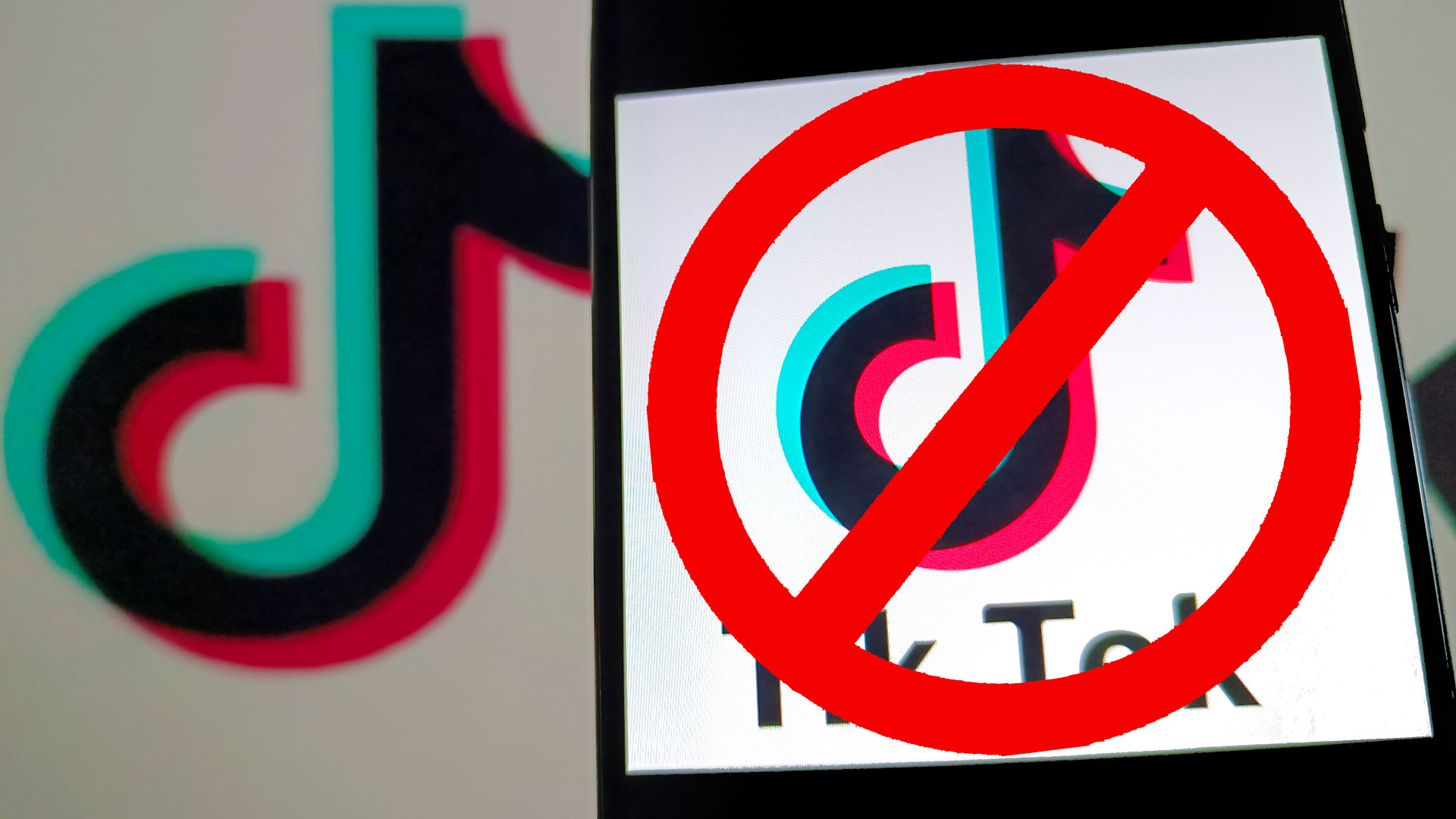








































.jpg)
%20Abstract%20Background%20112024%20SOURCE%20Amazon.jpg)

















